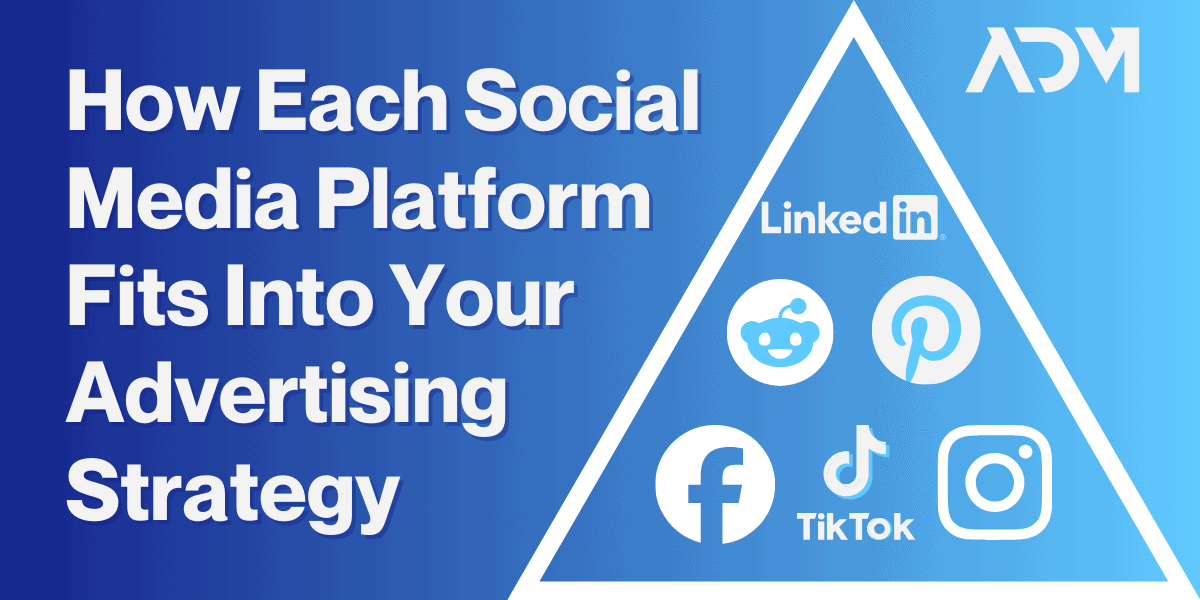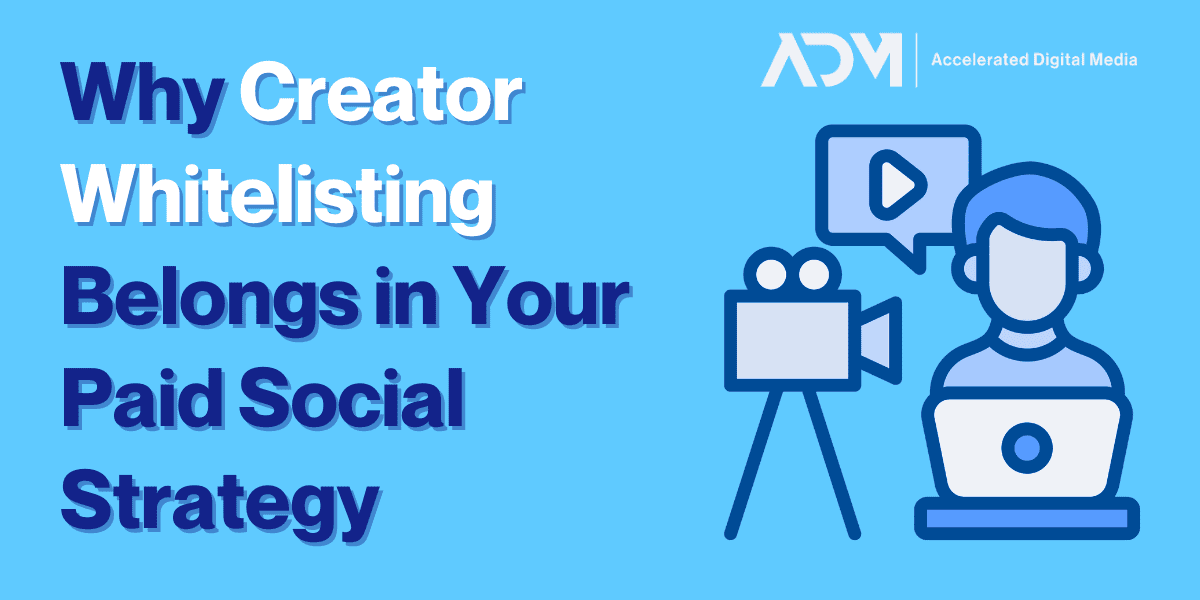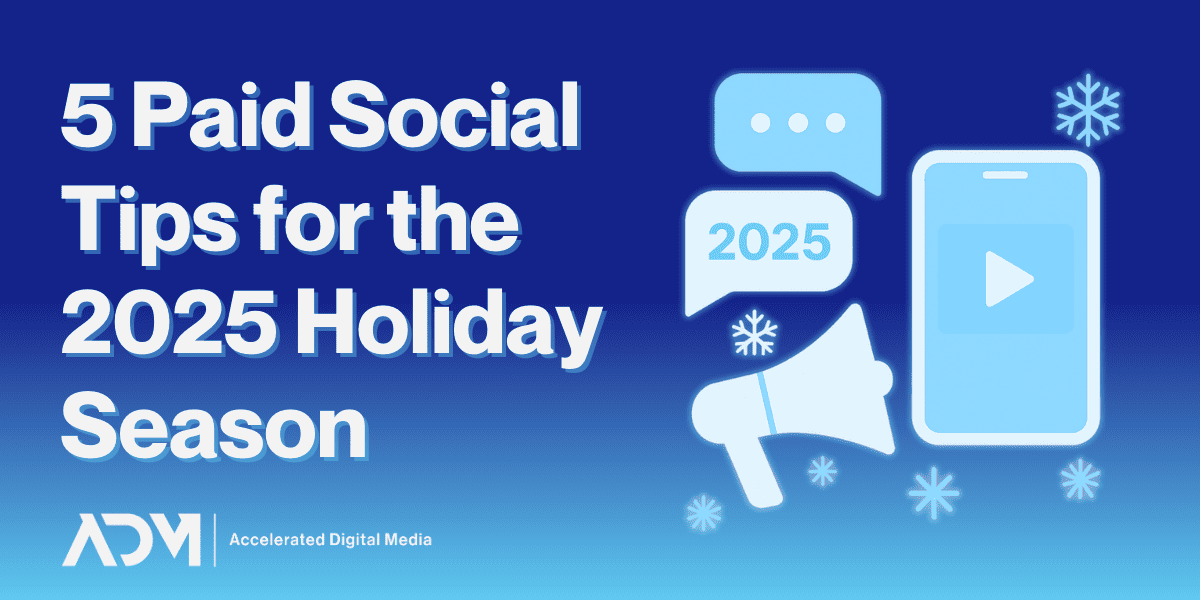Every social platform has its own culture, personality, and distinct utility for advertisers. Some are built for discovery, some for trust-building, and others for precision targeting and conversion-driving. Not every platform does the same job equally well, and not every brand needs to be everywhere at once.
To design an effective social strategy, you need to know what each channel brings to the table and how to align those strengths to your goals. Meta may still be the cornerstone of paid social because of its scale and maturity, but platforms like TikTok, Pinterest, Reddit, LinkedIn, and even Snapchat all serve a distinct purpose in the mix.
JUMP TO SECTION:
- Platform Strengths at a Glance
- Meta: Still the Undisputed King
- TikTok: Discovery and Storytelling at Scale
- Reddit: The Consideration Platform
- Pinterest: Discovery Meets Intent
- LinkedIn: Best for B2B
- Snapchat: Still a Relevant Option
- Maintaining Cross-Channel Consistency
Platform Strengths at a Glance
| Platform | Best Strengths | Funnel Role | Key Limitations |
| Meta | Scale, maturity, proven ROI | Awareness → Conversion | Reduced transparency, less control |
| TikTok | Discovery, storytelling, in-app shopping | Awareness → Mid/Lower funnel | Reliant on trends and strong creative |
| Authentic peer influence, niche targeting | Consideration | Community resistance to “inauthentic” ads | |
| Intent-driven discovery, planning mindset | Early funnel | Conversions often occur off-platform | |
| Precision B2B targeting, decision-maker access | Consideration → Conversion | High CPMs, low frequency | |
| Snapchat | Gen Z reach, high engagement rates | Awareness → Engagement | U.S. audience shrinking, slower growth |
Meta: Still the Undisputed King
Most brands should be advertising on Meta. It remains dominant because it combines unmatched scale with proven performance infrastructure. With billions of active users across Facebook and Instagram—an estimated 250 million more than the next-largest social platform, TikTok—it offers advertisers confidence that their audience is not only present but reachable at every stage of the funnel.
Its ad ecosystem is also highly mature. After years of optimization, Meta Ads has some of the most sophisticated AI bidding, attribution, and creative testing tools available to social advertisers. For many advertisers, that reliability makes Meta the “default” platform when building a media plan.
Meta’s “golden era” for hyper-specific, detailed targeting was roughly 2015 through early 2018. These were the years when targeting by interests became a huge unlock for brands on the platform. The rollout of iOS 14 was the beginning of the end for detailed targeting and the birth of broad targeting on Meta.
The days of hyper-granular audience segmentation are gone, replaced with broader targeting that relies heavily on machine learning and creative signals. While this shift has created efficiency, it has also reduced advertiser control and transparency, especially for brands with niche audiences or compliance-heavy needs.
In more recent years, finding the right audience on Meta has become a game of training its AI on who your audience is through the creative you serve. Reaching niche audiences is still very possible with the tools available, but how it’s done is dramatically different. Still Meta remains the cornerstone of paid social because of its scale and maturity.
What Meta Does Best
- In short, everything
- Offers enormous scale and audience reach across every demographic
- Has a wide array of distinct campaign types for different goals
- Sophisticated AI bidding and attribution tools
- A mature creative testing ecosystem
- Reliable full-funnel performance
TikTok: Discovery and Storytelling at Scale
What TikTok does best is drive discovery and engagement at the upper and mid-funnel. TikTok’s best use case is in brand storytelling. The nature of TikTok’s For You Page makes it a natural platform for discovery and introduction to new products and services. With the right story and the right video content, brands can capture an audience and leverage viral success into bottom-of-funnel sales off the platform.
It’s fair to say TikTok excels at awareness, but it’s no longer just an awareness tool. TikTok now supports shopping within the app, making it easier for users to discover but also to buy products without leaving TikTok. Additionally, TikTok’s advertising tools for retargeting and conversion have improved, making TikTok a stronger platform for driving sales.
TikTok’s algorithm encourages “rabbit hole” viewing: When a user engages with content related to a brand, they’re very likely to see more of it, creating a mid-funnel nurturing effect.
What TikTok Does Best
- Discovery and awareness through the For You Page
- Consistent mid-funnel nurturing via “rabbit hole” engagement
- Brand storytelling in a native video environment
- Shopping and retargeting tools that support conversion
Reddit: The Consideration Platform
Reddit plays a unique role in the media mix. While it can be used for awareness, its real strength lies in the consideration stage, where users actively research, compare products, and seek peer recommendations. Subreddits function like focus groups, giving brands a chance to join conversations that matter to their audience.
Reddit can also support conversions, but success depends on deploying ad creative that feels authentic to the community. Brands need to show value and relevance through their creative assets. The brands that thrive on Reddit are those that can connect directly with passionate niche groups in their field.
In short, Reddit is most powerful as a decision-shaping platform. It’s the place to influence how people think about products and services in the middle of their journey. It’s best for brands that want to build trust and sway consideration rather than relying on broad reach or low-funnel efficiency.
What Reddit Does Best
- Consideration-stage influence and decision-shaping
- Authentic engagement with niche communities
- Establishes audience-driven trust and credibility
- Fosters a research environment where ads can feel useful
Pinterest: Discovery Meets Intent
Pinterest, similar to TikTok, is a high-intent discovery platform with particular value for apparel and home goods brands. The most unique thing about Pinterest is its audience, who are typically planners and doers. This makes this audience ideal for brands to insert themselves early in the purchase decision-making process.
Pinterest audiences are often actively looking for products or inspiration, making them more action-oriented than other higher-funnel social platforms. While it is not uncommon for Pinterest audiences to take purchase action outside of the Pinterest platform, it is common for them to discover brands while scrolling through Pins.
It’s smart to supplement platforms like Meta with more niche ones like Pinterest because it diversifies spend and audience reach. While Meta is great for scale and efficiency, niche platforms often capture audiences in very different moments.
Because Pinterest users are searching with intent, which makes them more receptive to brand discovery. Reduced competition on the platform means ads are typically much more cost-efficient on Pinterest than Meta. If you were to suddenly get another $50K to spend on your paid social advertising, it may be more effective to introduce Pinterest into your media mix as opposed to stacking it onto your existing Meta budget.
What Pinterest Does Best
- Discovery fueled by intent-driven planning
- Reaching audiences who are already solution-seeking
- Diversifying media mixes beyond Meta
- Cost-efficient incremental reach
LinkedIn: Best for B2B
As a professional-focused social platform, LinkedIn is the best platform for B2B marketing. The ability to target professionals by industry, job title, seniority, and company size make it a highly-unique offering in this respect. All of the benefits of LinkedIn, however, come with a cost.
LinkedIn is a relatively-expensive paid social platform. That’s primarily because LinkedIn’s audience is less active and engaged than other social platforms. For instance, TikTok has a highly-engaged user base that opens the app an average of 15 to 19 times per day. In contrast, LinkedIn users log in an average of 7 times per week.
While costs, CPMs are higher than other social platforms, the audience quality can yield strong results for the right brands with the right approach. There’s simply no replacement for LinkedIn advertising provided it aligns with your business type.
What LinkedIn Does Best
- Precision B2B targeting at scale
- Access to decision-makers by role, seniority, or company
- Supports thought-leadership and lead-gen content
- High-value audiences, though at higher CPMs
Snapchat: Still a Relevant Option
Despite some scary-sounding recent headlines, Snapchat is still a relevant platform for advertising. Snapchat reached 469 million daily active users in Q2, though its popularity is diminishing slightly in the US. If a brand is international or non-US focused, then the important stat is that Snapchat overall is growing its user base.
One of Snapchat’s benefits for advertisers is that it continues to host a huge audience of Gen Z and younger millennials. It also has a highly-engaged audience: Because of the nature of the platform, the daily open rates for the app are quite high, averaging over 30 app opens per user per day.
All that means that Snapchat is still a valuable platform, especially for reaching younger, highly-engaged audiences. While it isn’t experiencing explosive growth, it’s far from obsolete.
What Snapchat Does Best
- Another outlet for bite-sized, visual storytelling
- Allows your to reach a large audience of Gen Z and younger millennials
- Audiences are high-frequency and highly-engaged
- Continued international growth benefits global brands
Maintaining Cross-Channel Consistency
In most cases, brands will want to have a presence across at least two of these platforms—if not more. That raises the challenge of staying consistent and on-message while adapting to the unique personality of each platform.
Businesses can maintain consistency in creative across channels by anchoring to brand fundamentals like voice and tone and key brand elements like fonts and colors. Paired to this consistency should be an adaptation to fit each platform’s unique style. Strong campaigns translate the same core message into formats that make sense for each channel. Creator-led content on TikTok, inspirational lifestyle visuals on Pinterest, etc.
Ultimately, ads don’t need to look identical to be consistent; they just need to feel like they’re telling the same brand story wherever the user encounters them.
If you’re struggling to decide which social advertising platforms deserve a place in your ad portfolio, or simply looking to expand into uncharted waters with a new investment, don’t hesitate to find an experienced paid social agency that can help. Reach out to the ADM team below:




